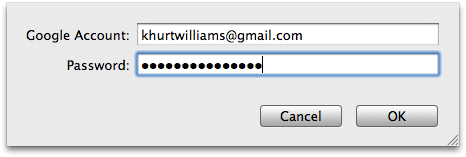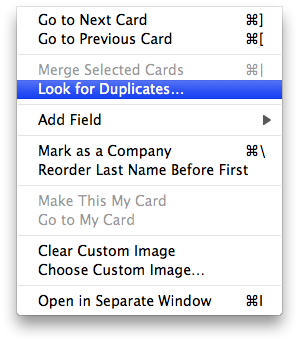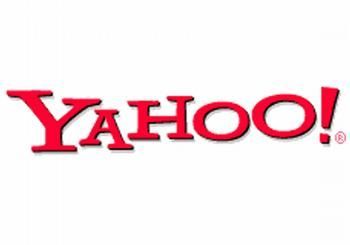
Both Yahoo and Google provide a method for importing and exporting email addresses to and from OS X AddressBook but I wanted an easier way to keep things synchronized. Fortunately, if you are running OS X 10.5 (Leopard), the AddressBook application provides a straight forward way to do so.
Google is special
Like most people I use a web based email service like Yahoo! Mail or Gmail. And like most people I have been using one of these services for quite a long time and I have quite a large number of email addresses that I have saved in the contact list of each of those services, especially Gmail.
Setup

Setup is quick and easy. Go into the Preferences for AddressBook. On the General tab you will see three check boxes for each of the following services: MobileMe, Exchange, Yahoo and Google. You can select all (or none) of these check boxes to enable syncing with each of those services. Google is my preferred service for email so tha's the service I setup. Once you select the checkbox, AddressBook will prompt you for your Gmail username and password. Enter that information and click OK to complete setup. If you have a large AddressBook it could take a while for the sync to complete.
Finish Up
 You may already have some contacts in AddressBook that are also in Yahoo or Google and you may find duplicates in your AddressBook once the sync is complete. These are easy to remove. From the AddressBook menu select Card->Look for duplicates. AddressBook will find and merge duplicates entries into just one entry. Any changes or additions to your AddressBook contacts will update your online Google or Yahoo contacts and vice versa.
You may already have some contacts in AddressBook that are also in Yahoo or Google and you may find duplicates in your AddressBook once the sync is complete. These are easy to remove. From the AddressBook menu select Card->Look for duplicates. AddressBook will find and merge duplicates entries into just one entry. Any changes or additions to your AddressBook contacts will update your online Google or Yahoo contacts and vice versa.











